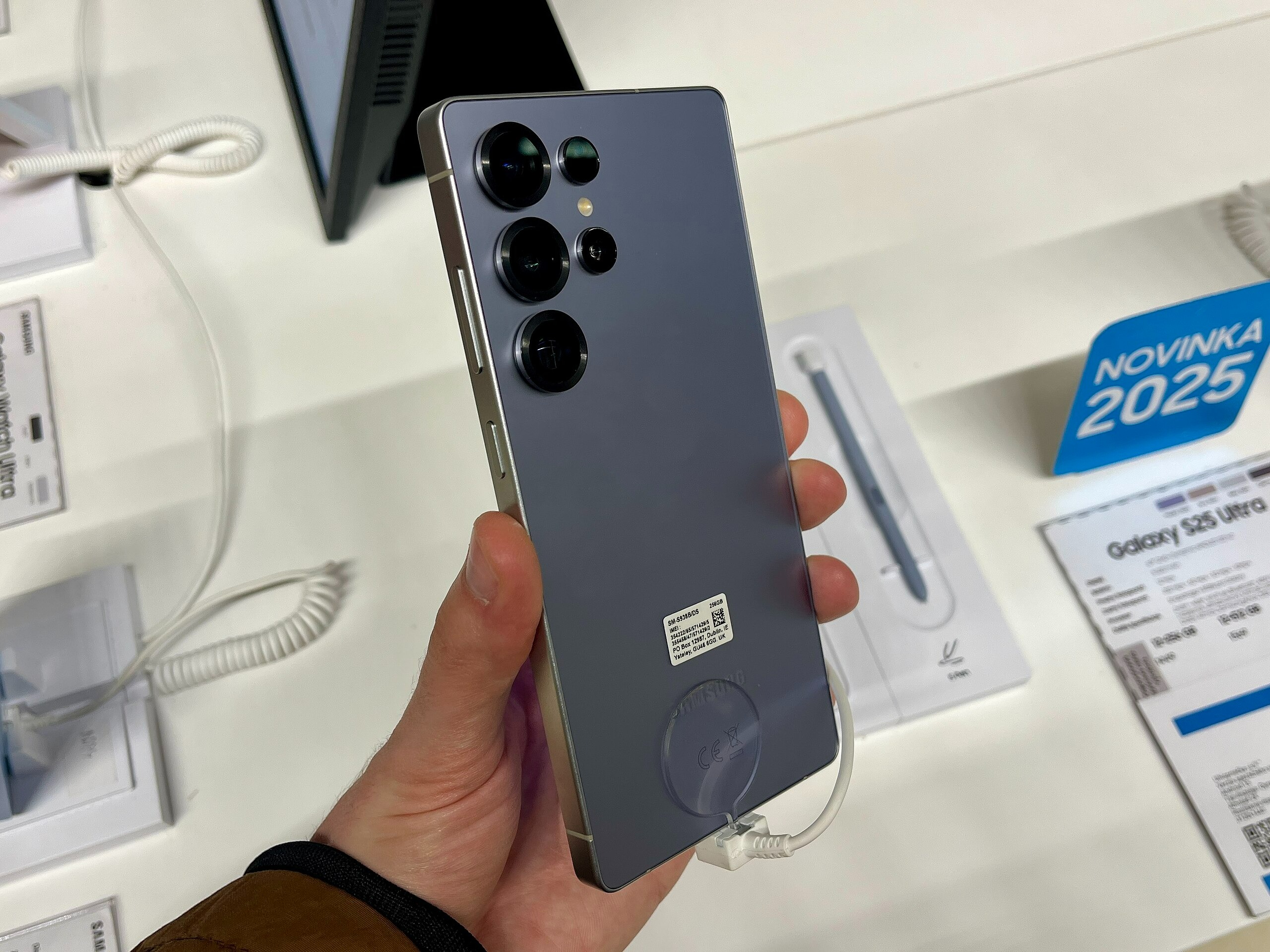Malicious apps can now steal sensitive data by exploiting your phone’s graphics processing without requesting any permissions.
Your Android phone just became a surveillance device, and you probably don’t even know it. The newly discovered Pixnapping attack lets malicious apps steal your two-factor authentication codes, private messages, and any sensitive information displayed on screen—without requesting a single permission.
This isn’t your typical app store scam where sketchy developers ask for camera and microphone access. Pixnapping exploits Android’s visual rendering pipeline itself, measuring how long it takes your phone’s GPU to process specific pixels. Think of it like a digital safecracker listening for tumbler clicks, except the “clicks” are microsecond differences in graphics processing time.
Here’s how your phone betrays you: A malicious app triggers another app—say, Google Authenticator—to display your 2FA code. While that code appears on screen, the attacker app performs graphics operations on specific pixel locations, timing how long each operation takes. Different colors process at slightly different speeds, allowing the malicious code to reconstruct what’s actually displayed.
Your six-digit authentication code becomes readable text for the attacker.
Major Apps Under Siege
Gmail, Signal, Venmo, and Google Authenticator have all been confirmed as vulnerable targets.
- Gmail
- Signal
- Venmo
- Google Authenticator
All are confirmed vulnerable. Essentially, any app displaying sensitive information becomes a potential target. The attack works across Google and Samsung devices, with researchers suggesting the underlying vulnerability likely affects many more Android phones with the right modifications.
Google released patches attempting to fix the issue, but security researchers demonstrated that modified versions of the attack still work even after updates. Samsung acknowledged the vulnerability but classified it as “low-severity” due to its technical complexity—a response that feels tone-deaf when your banking codes are at stake.
The scariest part? This attack highlights fundamental gaps in Android’s security model. Your phone’s permission system, designed to protect against obvious threats, becomes completely irrelevant when attackers can exploit the basic mechanics of how Android displays information.
Your takeaway isn’t paranoia—it’s vigilance. Install apps only from trusted sources, keep your device updated despite incomplete patches, and recognize that your Android’s visual system has become another attack surface. The era of assuming app sandboxing keeps you safe just ended with a few milliseconds of GPU timing measurements.





























